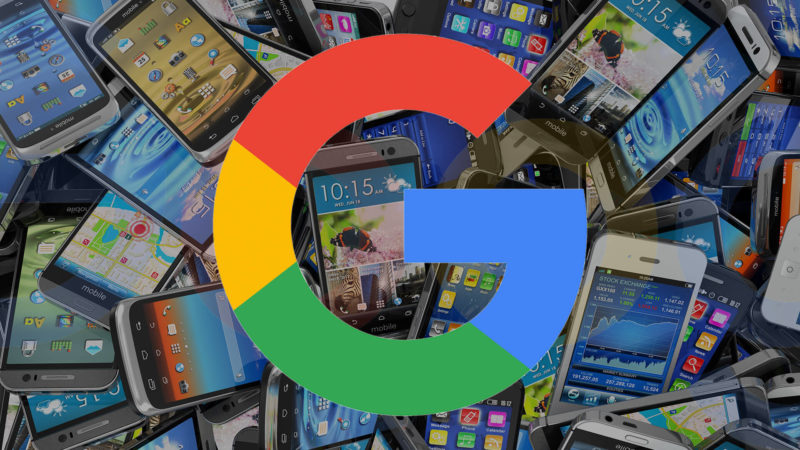When Google Ads (formerly AdWords) uses the word “simplify,” waves of concern ripple through the paid search community that the opposite will be true, controls will be lost and campaign performance will be affected negatively. The latest torment is coming from Google’s move to “simplify” how mobile apps are excluded in display campaigns.
Per an updated help page:
Starting in September 2018, Google is simplifying targeting and exclusion controls for Google Display Network ads on mobile devices in order to make it easier to reach the growing base of mobile users. As a result of these changes, you may see a significant increase in mobile apps or mobile web traffic (depending on your current settings).
Many paid search managers say they have not seen positive results from ads in mobile apps and have reasons to block them entirely. Until this update coming in September, the primary way to keep ads from showing in most mobile apps is to exclude the domain “googleadsenseformobileapps.com.” That trick will no longer work. Nor will the “G-mob mobile app non-interstitial” content exclusion be available. Controls are now located under the Devices section of campaign Settings of the new web interface.
Advertisers will need to go through a new workflow to exclude ads from showing in apps, as detailed in this help page:
Action to take before September if you’re currently excluding all apps and want to continue doing so: Go through the steps outlined above. Google also says to remove adsenseformobileapps.com placement exclusion in your campaigns.
If you’re considering app targeting, there are several ways to get granular. As more app inventory becomes available — Google just announced a deal with game platform Unity Technologies that integrates that inventory into AdMob, for example — and formats evolve, advertisers may want to give app inventory another shot at some point. There are several ways you can get more refined with your targeting and exclusions by clicking on Operating Systems, Device Models and Networks in that same workflow, as shown above.
Additionally, advertisers can exclude by Topics, Content exclusions, App Category and individual placement. For example, there is a Topic called Games that then has many sub-topics beneath it that can be targeted or excluded in a campaign, as shown in the screenshot below.
If you know ahead of time which apps you want to target or exclude, without waiting for them to show up in a placement report, you’ll need to format them appropriately based on the operating system. For more details, see the “Exclude individual apps from Display campaigns” section of this help page.
While it technically requires more steps to set up and the work of updating existing campaigns, this new workflow at least surfaces the options within the web interface for all advertisers to find. The fact that, for years, the primary way of excluding apps was basically a hack that advertisers had to research to discover was never a great solution. Yes, Google really wants your ads to run in its app inventory, but this change isn’t taking the power to say “no, thank you” away.



